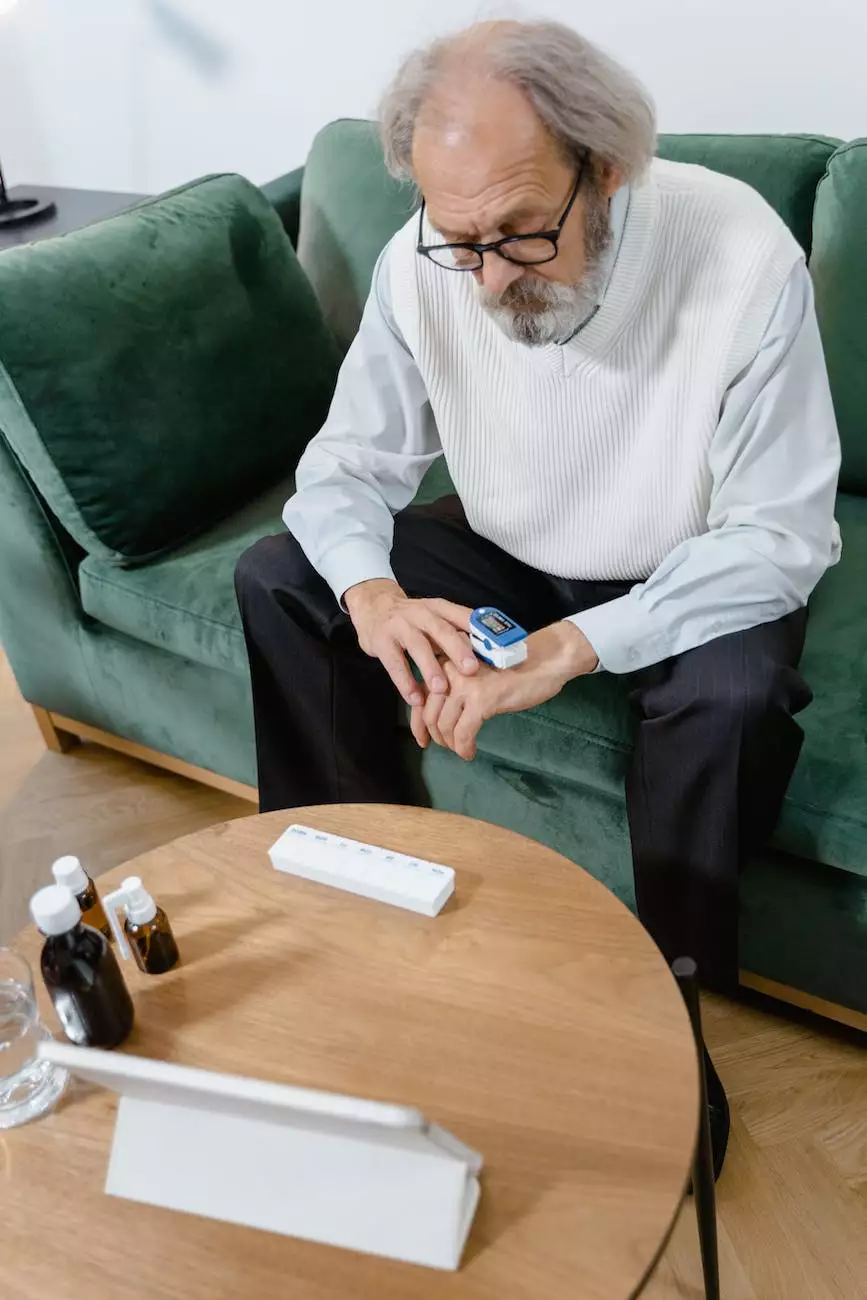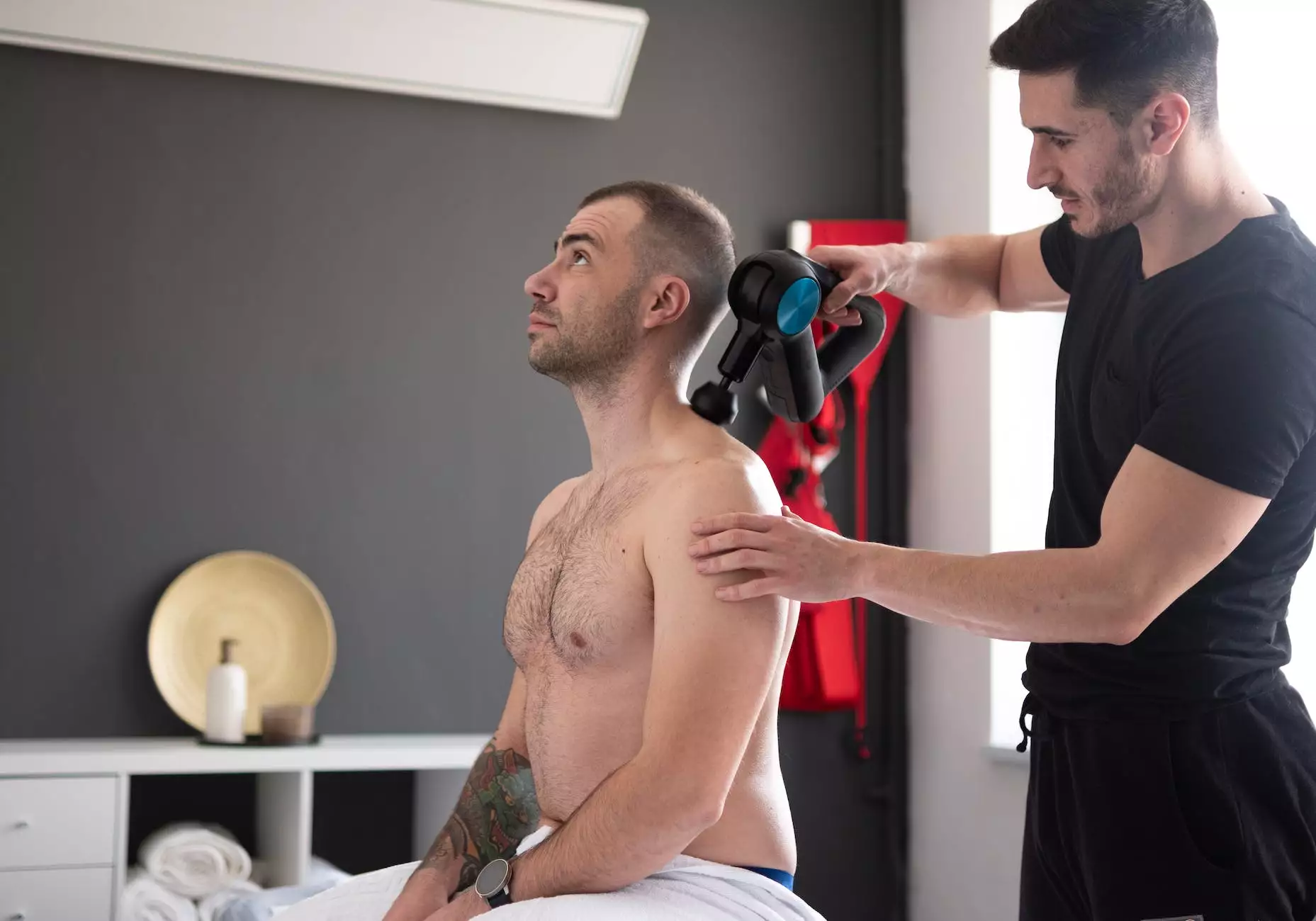What Are AAC Devices for Communication?

Communication is a fundamental aspect of human interaction and an essential tool for expressing thoughts, needs, and emotions. For individuals with communication disabilities, such as those with speech impairments, brain injuries, or developmental disorders, augmentative and alternative communication (AAC) devices provide a means to overcome these challenges and enhance their ability to communicate effectively.
Introduction to AAC Devices
AAC devices refer to a wide range of tools and strategies designed to support and facilitate communication for individuals who are unable to rely on speech alone. These devices can take various forms, including electronic devices, applications (apps) on smartphones or tablets, or low-tech options such as picture boards or sign language.
The Importance of AAC in Healthcare
Within the healthcare field, AAC devices play a crucial role in ensuring that patients with communication disabilities can effectively express their needs and receive appropriate care. These devices enable healthcare professionals, like the dedicated team at Gillette Foley James D MD, to accurately assess and understand their patients' symptoms, medical history, and preferences, allowing for better diagnosis and tailored treatment plans.
The Benefits of AAC Devices
AAC devices offer numerous benefits for individuals with communication disabilities and their caregivers, including:
- Improved Communication: AAC devices provide a means to express thoughts, needs, and emotions when traditional speech is challenging or impossible.
- Increased Independence: By using AAC devices, individuals can actively participate in conversations and daily activities, fostering greater independence and self-confidence.
- Enhanced Social Connections: Effective communication promotes social interactions, relationships, and connections, improving overall quality of life.
- Accessible Education: AAC devices enable students with communication disabilities to actively participate in educational settings, enhancing learning opportunities.
- Improved Healthcare Outcomes: When patients can effectively communicate their symptoms, allergies, and medical histories, healthcare professionals can provide more accurate diagnosis, treatment, and support.
Types of AAC Devices
There are several types of AAC devices available, each tailored to meet the unique needs of individuals with communication disabilities:
1. Speech-Generating Devices (SGDs)
SGDs are electronic devices that produce synthesized speech output. They feature a range of symbols and pre-programmed vocabulary, allowing users to construct sentences and express themselves effectively.
2. Picture Communication Boards
Picture boards consist of a series of images or symbols that individuals can point to in order to convey their message. They are often utilized by individuals with limited motor skills or those who are non-verbal.
3. Text-to-Speech Apps
Text-to-speech apps are smartphone or tablet applications that convert typed or written text into spoken words. These apps offer flexibility and ease of use, making them popular choices for individuals seeking portable AAC solutions.
4. American Sign Language (ASL)
ASL is a visual-gestural language that utilizes hand and body movements, facial expressions, and gestures to convey meaning. Individuals proficient in ASL can communicate effectively with others who understand the language.
Conclusion
AAC devices have revolutionized the way individuals with communication disabilities can express themselves and connect with others. These devices provide a lifeline for effective communication in various settings, including healthcare. At Gillette Foley James D MD, we understand the importance of these devices and strive to provide comprehensive care that encompasses and supports the unique communication needs of our patients. Contact us today to learn more about how AAC devices can improve communication and overall quality of life.










